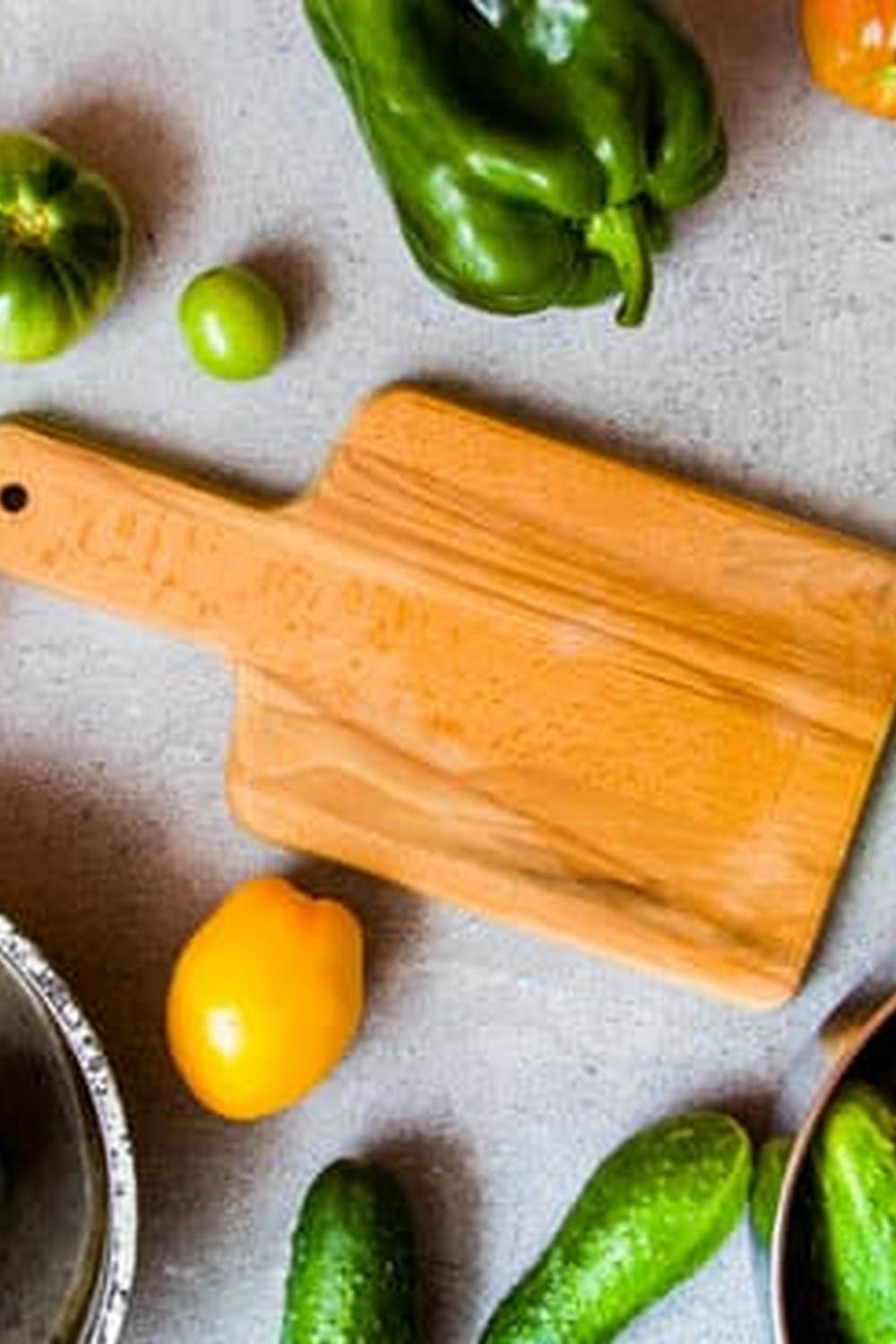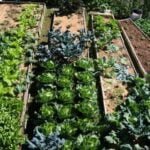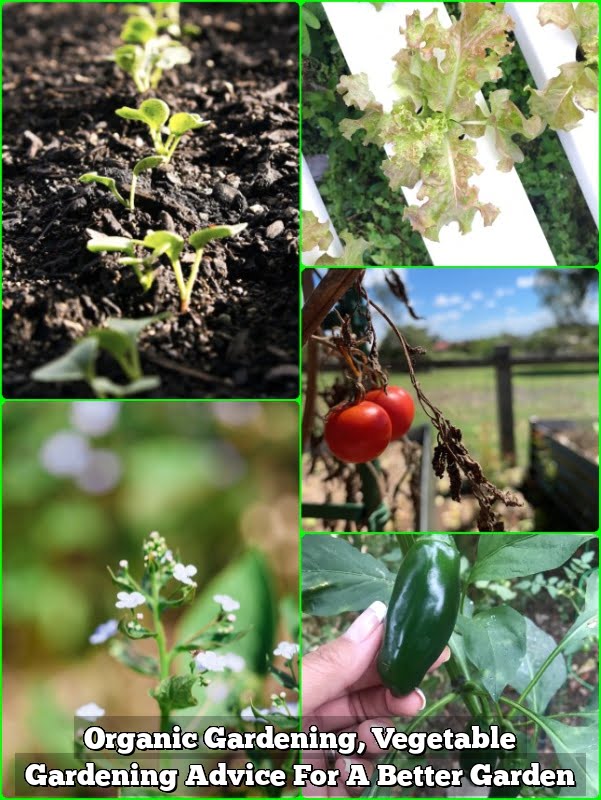No till gardening is a sustainable and eco-friendly approach to cultivating a vegetable garden without disrupting the soil through tilling. This method offers numerous benefits, such as reducing soil erosion, preserving soil structure, and promoting better water retention. In this article, we will explore the concept of no till gardening and its advantages for growing a thriving vegetable garden.
When it comes to starting a no till vegetable garden, choosing the right location is essential. Factors such as sunlight exposure, water drainage, and access to resources play a crucial role in the success of your garden. We will discuss how to select an optimal location to ensure that your no till garden thrives.
Additionally, we will delve into the best vegetables for no till gardening and why they thrive in this environment. By understanding which vegetables are well-suited for no-till cultivation, you can maximize the productivity of your garden while minimizing maintenance efforts. Stay tuned as we uncover the secrets to selecting the ideal vegetables for your no till garden.
Choosing the Right Location for Your No Till Vegetable Garden
When choosing the right location for your no till vegetable garden, there are several important factors to consider in order to ensure the success of your garden. Sunlight is crucial for the growth of vegetables, so it is important to select a location that receives at least 6-8 hours of direct sunlight per day.
Additionally, water drainage is essential to prevent waterlogging, which can lead to root rot and other issues. A location with well-draining soil or the ability to create proper drainage is ideal for a no-till vegetable garden.
Access to resources such as water and gardening tools should also be considered when choosing the location for your no till vegetable garden. It is important to have easy access to water sources for irrigation, as well as any necessary gardening tools and supplies. This will make it easier to maintain and care for your vegetable garden throughout the growing season.
In addition, it’s important to consider the layout of your garden in relation to other elements of your landscape. Some plants may thrive or struggle depending on their proximity to other plants or structures. Take into account any nearby trees or shrubs that could potentially block sunlight or compete with vegetables for water and nutrients.
Finally, think about how you plan on using the produce from your garden – if you plan on using these veggies in summer salads then selecting warm-seasoned produce would be best while if you intend drying them out then cool-season crops would be more beneficial.
| Factors | Considerations |
|---|---|
| Sunlight | 6-8 hours of direct sunlight per day |
| Water Drainage | Well-draining soil or ability to create proper drainage |
| Access to Resources | Easy access to water sources and gardening tools and supplies |
Selecting the Best Vegetables for No Till Gardening
Benefits of No Till Gardening for Vegetable Selection
No till gardening offers numerous benefits for growing various types of vegetables. The method helps to maintain soil structure and fertility, which is especially beneficial for certain vegetables that are sensitive to disruption in their root systems. Additionally, no till gardening promotes the presence of beneficial microorganisms in the soil, which can aid in the growth and health of specific vegetables.
Vegetables That Thrive in a No-Till Environment
When selecting vegetables for a no-till garden, it’s important to consider the root structures and moisture requirements of different plants. Vegetables such as tomatoes, peppers, and cucumbers are ideal for no till gardening due to their deep root systems that benefit from undisturbed soil. Leafy greens and herbs also thrive in a no-till environment, as they require consistent moisture and nutrient-rich soil, both of which are provided by the no-till method.
Why These Vegetables Thrive Without Tilling
The deep root systems of certain vegetables allow them to access nutrients from the soil more efficiently when tilling is minimized or eliminated. Additionally, these vegetables are less susceptible to damage from disruptions in the soil structure, making them well-suited for no-till gardening. Furthermore, these vegetables benefit from the increased presence of beneficial microorganisms in the soil, which support their growth and overall health.
As you plan your no till vegetable garden, consider integrating these thriving vegetables into your planting strategy to make the most of this low-maintenance and sustainable approach to gardening.
Preparation and Maintenance
Benefits of No Till Gardening
No till gardening vegetable garden is a method that offers several benefits. By avoiding tilling, the soil structure and beneficial organisms like earthworms are preserved, leading to healthier and more fertile soil. Additionally, no-till gardening helps to reduce erosion, conserve moisture, and minimize the release of carbon dioxide into the atmosphere. This method also requires less physical labor and can result in higher crop yields over time.
Preparing Your No-Till Garden
To prepare a no-till vegetable garden, start by clearing the chosen area of any debris such as rocks or old plant material. Next, add a layer of compost or organic matter on top of the soil to improve fertility and structure. Ensure that the compost layer is at least two inches thick for best results.
Then, consider adding a layer of mulch to help control weeds and retain moisture. Some popular options for mulch include straw, wood chips, or leaves.
Maintenance Tips for No-Till Gardens
Once your no-till vegetable garden is established, maintenance becomes key to its success. Regularly check for any signs of insect damage or disease on your plants and address them promptly using organic methods, if possible. As your crops continue to grow, consider adding additional layers of compost or mulch throughout the season to support their development. Watering is also crucial in a no-till environment, so be sure to monitor soil moisture levels and provide supplemental irrigation when needed.
Overall, no till gardening vegetable garden can offer an effective and sustainable approach to growing vegetables while minimizing disruption to the natural ecosystem below the surface. With proper preparation and ongoing maintenance, you can enjoy bountiful harvests from your no-till garden year after year.
Soil Health and Fertility in No Till Gardening
No till gardening vegetable gardens prioritize the health and fertility of the soil without disturbing its natural structure. Healthy soil is essential for growing thriving vegetables in a no-till garden, as it provides the necessary nutrients and support for plant growth. Here are some important factors to consider when it comes to maintaining soil health and fertility in a no-till gardening vegetable garden:
- Soil Testing: Before planting your vegetables, it’s important to test the pH and nutrient levels of your soil. This will help determine if any amendments are needed to ensure optimal growing conditions for your plants.
- Organic Matter: Incorporating organic matter into the soil is crucial for maintaining fertility in a no-till garden. This can be done by adding compost, mulch, or cover crops, which help improve soil structure and provide essential nutrients for plant growth.
- Crop Rotation: Rotating crops in a no-till vegetable garden can help prevent soil depletion and nutrient imbalances. Different plants have different nutrient needs, so rotating crops can help maintain soil fertility without relying on tilling.
In addition to these factors, avoiding chemical fertilizers and pesticides is also important for preserving the health of the soil in a no till gardening vegetable garden. Instead, focus on natural methods of fertilization and pest control to promote overall soil health and ecosystem balance.
By prioritizing soil health and fertility in a no till gardening vegetable garden, you can create an environment that supports robust plant growth while minimizing disturbance to the natural ecosystem below the surface. With proper care and attention to these factors, you can enjoy bountiful harvests from your no-till vegetable garden year after year.
Weed Control and Pest Management in No Till Gardening
When it comes to no till gardening, controlling weeds and managing pests without disrupting the soil is essential. Here are some effective strategies for maintaining a healthy vegetable garden without the need for tilling:
1. Mulching: One of the best ways to control weeds in a no till garden is by using mulch. Organic materials such as straw, wood chips, or shredded leaves can be used to cover the soil around your vegetables. Not only does mulch prevent weed growth by blocking sunlight, but it also helps retain moisture and improve the overall health of the soil.
2. Crop Rotation: Implementing a crop rotation plan can help reduce pest problems in your no till vegetable garden. By rotating crops in different areas of your garden each year, you can disrupt pest cycles and reduce the risk of infestations. This practice also helps maintain nutrient balance in the soil, leading to healthier plants.
3. Natural Predators: Encouraging natural predators such as ladybugs, lacewings, and birds can aid in pest control without the use of harmful chemicals. Creating habitats for beneficial insects and providing bird feeders can help maintain a balanced ecosystem in your garden while reducing pest populations.
By implementing these strategies, you can effectively manage weeds and pests in your no till gardening vegetable garden while promoting a sustainable and environmentally friendly approach to cultivation. These methods not only minimize disturbances to the soil but also contribute to the overall health of your plants and ecosystem.
Harvesting and Succession Planting
Once your no till vegetable garden is established, it’s time to focus on harvesting your crops and implementing succession planting to maximize yields and extend the growing season. Harvesting in a no-till garden is similar to any other type of gardening, but succession planting may be a new concept for some gardeners. Succession planting involves sowing new crops as soon as one crop is harvested, ensuring a continuous supply of fresh vegetables throughout the growing season.
To maximize yields, it’s important to harvest your vegetables at the peak of ripeness. This ensures that you are able to enjoy the best flavor and nutritional value from your homegrown produce. Regularly harvesting mature vegetables also encourages the plant to continue producing new blossoms and fruits, extending the overall yield of your garden.
Succession planting is an essential technique for extending the growing season in a no-till garden. By sowing new crops after each harvest, you can take advantage of unused space in your garden beds and ensure a steady supply of fresh produce throughout the season. Additionally, succession planting helps prevent soil erosion by keeping the ground covered with growing plants.
In a no till gardening vegetable garden, both harvesting and succession planting play key roles in maintaining a productive and bountiful garden. By regularly monitoring your crops and implementing succession planting techniques, you can ensure a continuous harvest of fresh vegetables from your no-till garden.
Real-Life Success Stories
In conclusion, no till gardening for vegetable gardens offers a sustainable and low-impact approach to cultivating a thriving and bountiful garden. By embracing the concept of no till gardening, individuals can benefit from healthier soil, reduced labor, and increased productivity.
Choosing the right location for your no till vegetable garden is essential, as factors such as sunlight, water drainage, and access to resources play a crucial role in the success of your garden. It’s important to consider which vegetables thrive in a no-till environment, as well as the preparation and maintenance tips to ensure your garden’s success.
Maintaining soil health and fertility in a no till gardening vegetable garden is vital for long-term sustainability. Healthy soil is the foundation for a productive garden, so it’s important to explore ways to maintain fertility without disturbing the soil through tilling.
Effective weed control and pest management strategies are also key components of a successful no-till garden, allowing you to manage these challenges without disrupting the soil structure. Harvesting and succession planting techniques can further maximize yields and extend the growing season in a no-till garden.
Real-life success stories serve as inspiring examples of how individuals have implemented and experienced the benefits of no till gardening in their own vegetable gardens. By learning from these experiences, others can gain valuable insights and practical tips for implementing this method in their own gardens. Ultimately, with proper planning, care, and knowledge about successful practices for a no-till vegetable garden, anyone can enjoy the rewards of healthy produce while contributing positively to environmental sustainability.
In summary, embracing concepts like “no till gardening,” choosing suitable locations for vegetable plots that promote growth conditions; having good care plans regarding real-life experiences; controlling pest factors positively impacts productivity; means that nurturing highly-productive vegetable plots involves several planned steps leading all elements blend into harvesting satisfyingly-fresh veggie crops – maximizing potential profits at great ease.
Frequently Asked Questions
Can You Plant Vegetables Without Tilling?
Yes, it is possible to plant vegetables without tilling the soil. This method is known as “no-till gardening” and involves adding layers of compost, mulch, and organic matter to create a healthy growing environment for plants.
How Do You Start a No-Till Vegetable Garden?
To start a no-till vegetable garden, begin by preparing the soil with a layer of compost or organic matter on top. This will provide nutrients and encourage earthworms and microorganisms to improve soil structure. Then, cover the area with mulch to suppress weeds and retain moisture.
Should a Vegetable Garden Be Tilled?
Whether or not a vegetable garden should be tilled ultimately depends on the gardener’s goals and preferences. Tilling can help control weeds and incorporate amendments into the soil, but it can also disrupt the natural ecosystem and lead to loss of beneficial organisms.
No-till gardening offers an alternative approach that focuses on building healthy soil without disturbing its structure.

If you’re looking to get into vegetable gardening, or are just looking for some tips on how to make your current garden better, then you’ve come to the right place! My name is Ethel and I have been gardening for years. In this blog, I’m going to share with you some of my best tips on how to create a successful vegetable garden.





